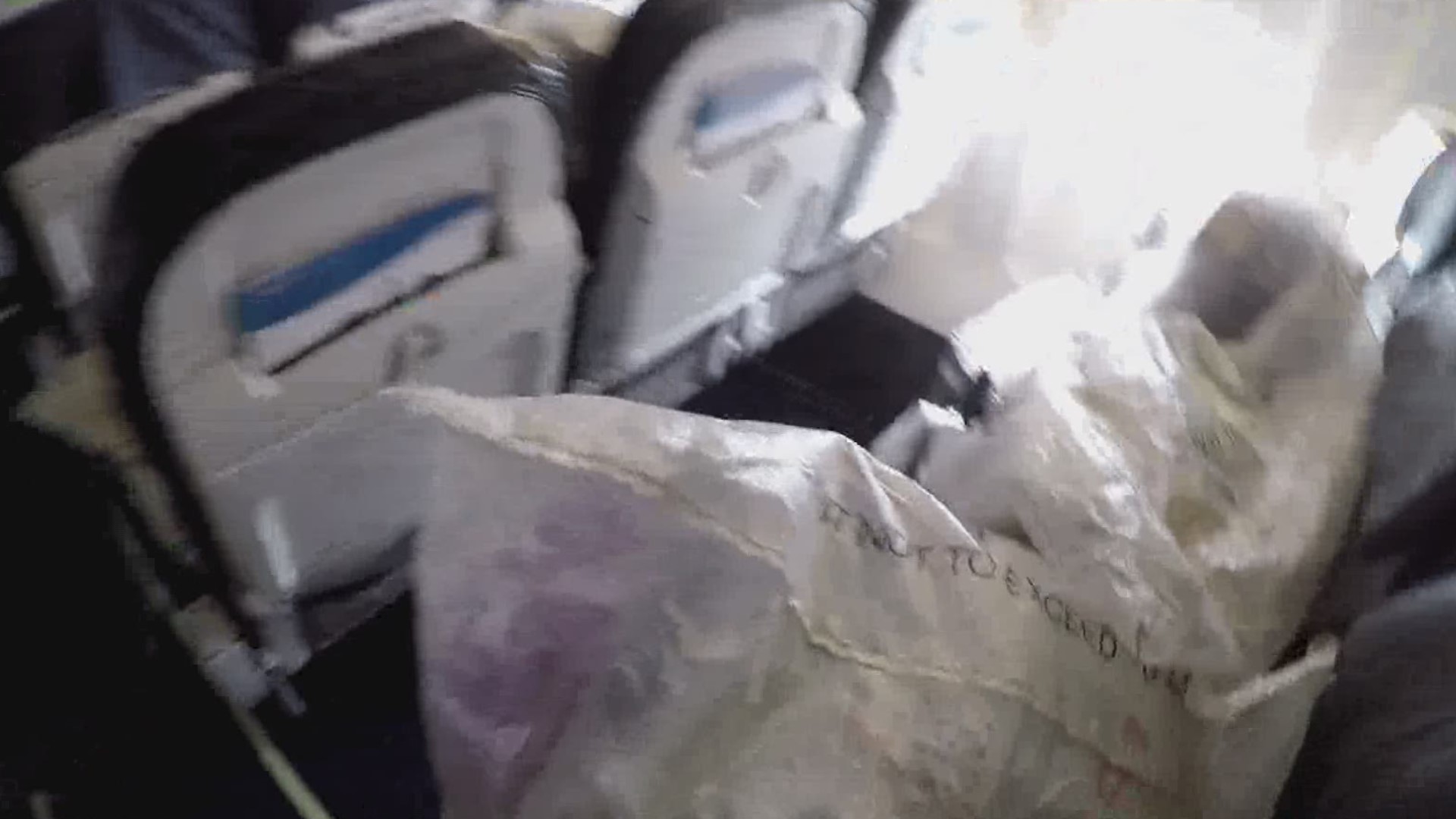WASHINGTON — At the Seattle-Tacoma International Airport, and globally, travel has been immensely reduced due to the coronavirus.
However, Alaska Airlines has a plan to make good on an aspect of the airline industry that hasn’t been as heavily impacted by the coronavirus: freight.
In March, Sea-Tac reported that while the percentage of passengers plunged, freight traffic was actually up by nearly one percent.
How can a mostly passenger airline like Alaska capitalize on freight traffic? The answer, Alaska said, is putting freight in the very seats passengers used to occupy and buckle it in.
“Last week, we had a customer ask for 30,000 pounds of freight from LA to the east coast. And if we had this plane working, we could have done that,” said Torque Zubeck, the managing director for Alaska Airlines Cargo.
Alaska does have three dedicated 737-700 freighters, but those jets mostly work within the state of Alaska and connect cargo to Alaska from Sea-Tac.
The airline has hundreds of passenger aircraft, most sitting idle because of the virus. In normal times, while each one may typically carry several thousand pounds in the lower hold, most of a flight’s revenue comes from the ticket paying passengers in the main cabin and their baggage down below.
Alaska Airlines is now testing the freight-buckled-into-passenger-seats tactic and they will need to prove to the Federal Aviation Administration (FAA) that it actually works.
The airline could be strapping in anything from mail to medical supplies.
These flights will be freight-only, so no passengers will be allowed on. These flights are an opportunity to keep Alaska Airlines’ pilots and flight attendants working on chartered flights. Even without passengers, Alaska said two flight attendants will keep an eye on the freight in case any cargo shifts during flight.
Zubeck said the type of cargo allowed up top will be restricted.

